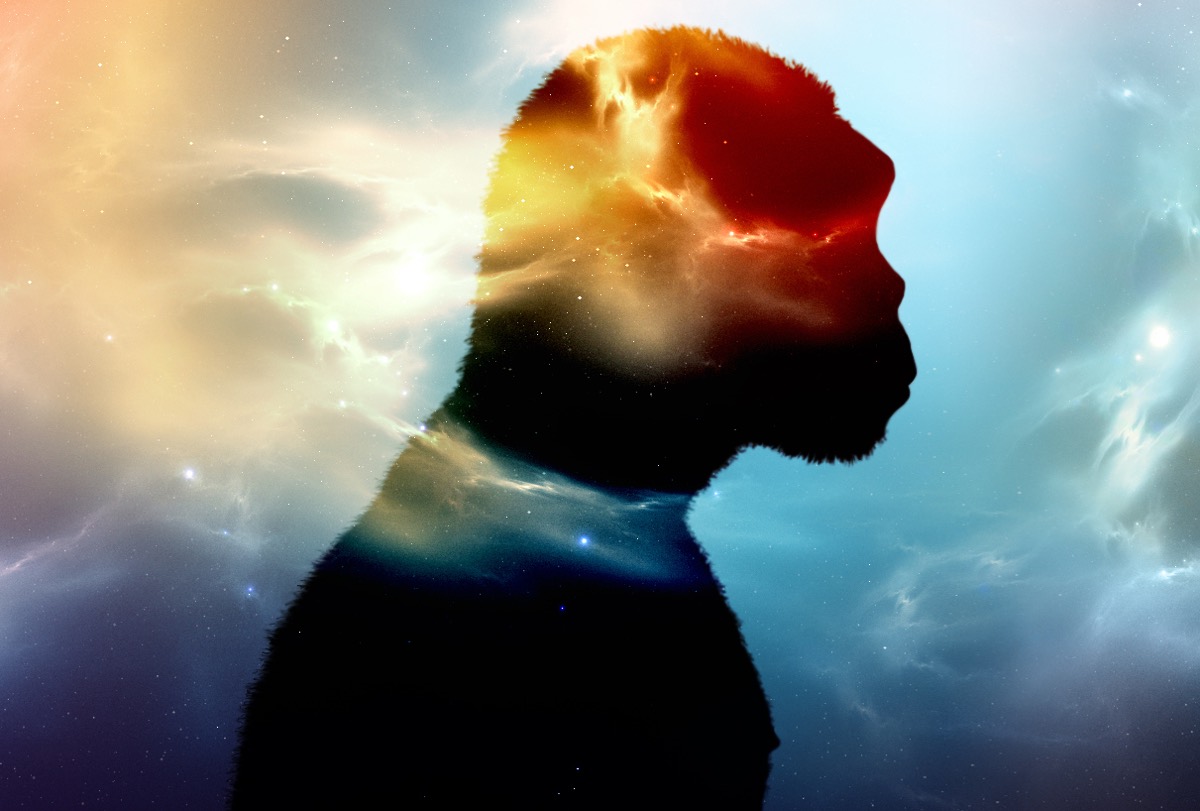Human Ancestor Mated with 'Ghost Lineage' And the Proof Is in Your Spit

A protein that helps make human spit slimy reveals signs that the ancestors of modern humans interbred with an extinct human lineage that was an even more distant relation than Neanderthals, a new study finds.
The ancestors of modern humans once shared the world with ancient human lineages such as the Neanderthals, the closest extinct relatives of modern humans, as well as the Denisovans, which might have once roamed a vast range stretching from Siberia to Southeast Asia. In previous research, DNA extracted from fossilized bones and teeth of Neanderthals and Denisovans has revealed that the ancestors of modern humans interbred with both of these groups.
Previous research also suggested that the ancestors of modern humans may have interbred with other human lineages not known from the fossil record. For example, a 2011 study analyzing modern human DNA found that the species may have bred with a now-extinct lineage of humanity before leaving Africa. [Denisovan Gallery: Tracing the Genetics of Human Ancestors]
Now, researchers suggest that a "ghost" lineage of ancient humans may have contributed the DNA for a protein called mucin-7 found in the saliva of modern humans living in sub-Saharan Africa today.
"About 5 to 7 percent of every population in sub-Saharan Africa has this divergent protein," said Omer Gokcumen, study co-senior author of the new study and an evolutionary genomicist at the University at Buffalo in New York.
Slimy saliva
The scientists were investigating mucin-7 in order to learn more about its role in human health. This molecule helps give saliva its slimy consistency and binds onto microbes, potentially helping rid the body of dangerous germs.
The researchers examined copies of the gene for mucin-7 — the gene is called MUC7 — in more than 2,500 modern human genomes. The scientists found that a number of genomes from sub-Saharan Africa possessed a version of the MUC7 gene that was wildly different from versions found in other modern humans. In fact, the Neanderthal and Denisovan versions of this gene more closely resembled those of other modern humans than this outlier did.
Sign up for the Live Science daily newsletter now
Get the world’s most fascinating discoveries delivered straight to your inbox.
The researchers suggested the most plausible explanation for this mysterious version of the MUC7 gene is that it came from what they called a "ghost" lineage — that is, one that scientists have not found the fossils of yet.
"We were not looking for this discovery — we essentially stumbled onto it," Gokcumen told Live Science.
That this variant is so widespread across Africa suggests that it may have entered the modern human gene pool before the ancestors of modern humans separated into different regions across that continent, Gokcumen said. Given the usual rate at which genes mutate during the course of time, the researchers estimated the interbreeding event with this mystery lineage "may have happened about 200,000 years ago, but this lineage separated from the ancestors of modern humans maybe 500,000 years or 1 million years ago," Gokcumen added.
Mouth microbes
The scientists said they aren't sure how the variants of this protein might differ in function. "We do know that MUC7 has two major functions," said study co-senior author Stefan Ruhl, an oral biologist also at the University at Buffalo. "One is helping to lubricate the oral cavity for eating and swallowing, and the other, and this may be more important, is to let good microbes stay in the body and sort out the undesirable ones."
An analysis of mouth, skin, stool and other biological samples from 130 people revealed that different versions of MUC7 were strongly associated with different oral microbiomes — the collections of microbes within the mouth. "This suggests that MUC7 is interacting with the oral microbiome and plays a role in terms of viruses, bacteria, parasites or fungi," Ruhl told Live Science. "On the other hand, we haven't ruled out that it may play a role in lubrication — say, when it comes to environmental conditions such as dryness of the air."
Future research can explore when and where this interbreeding happened, "and if it happened just once or multiple times," Gokcumen said.
The scientists detailed their findings online July 21 in the journal Molecular Biology and Evolution.
Original article on Live Science.










